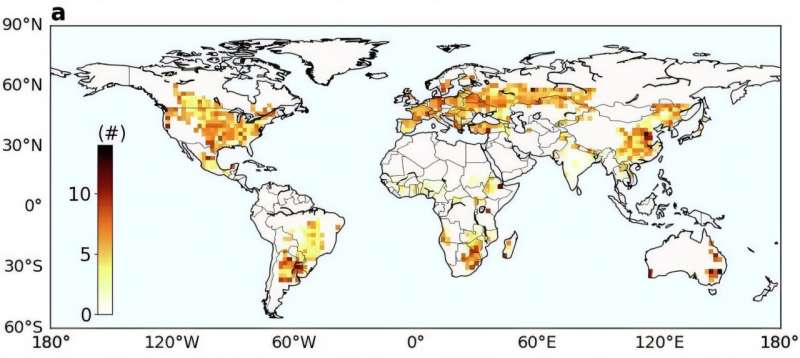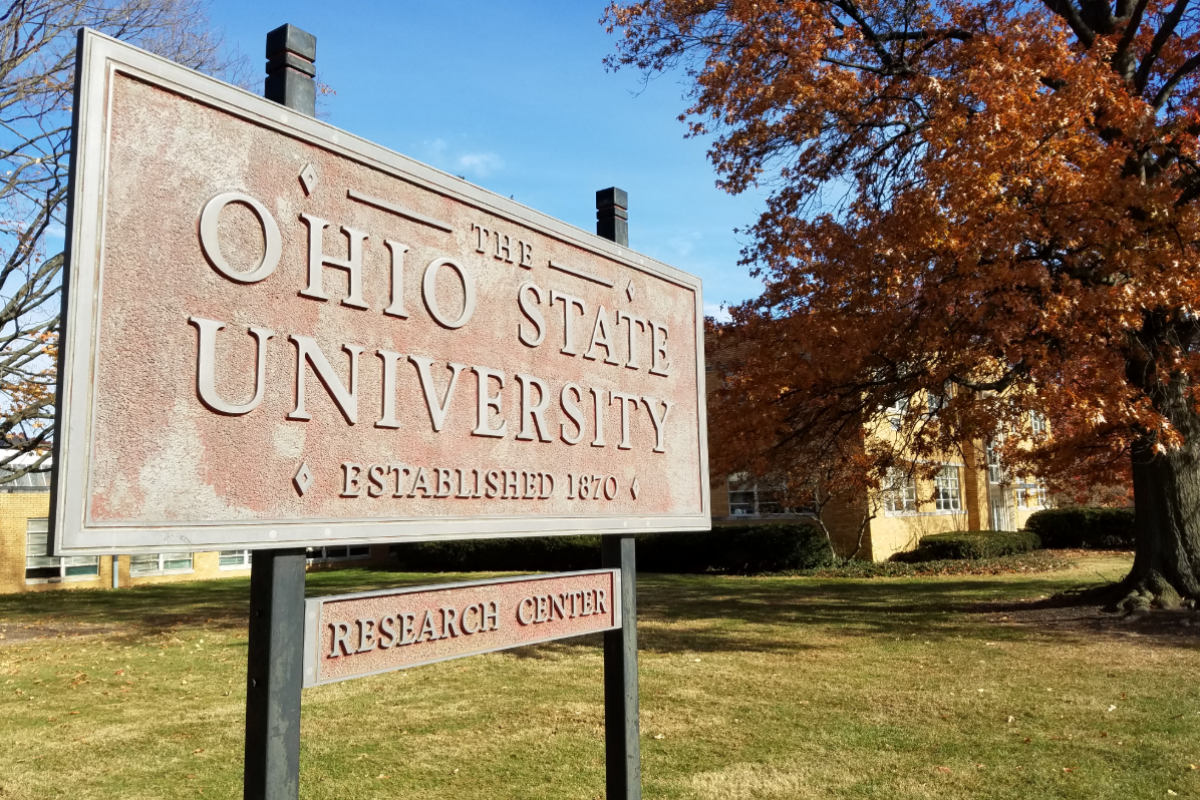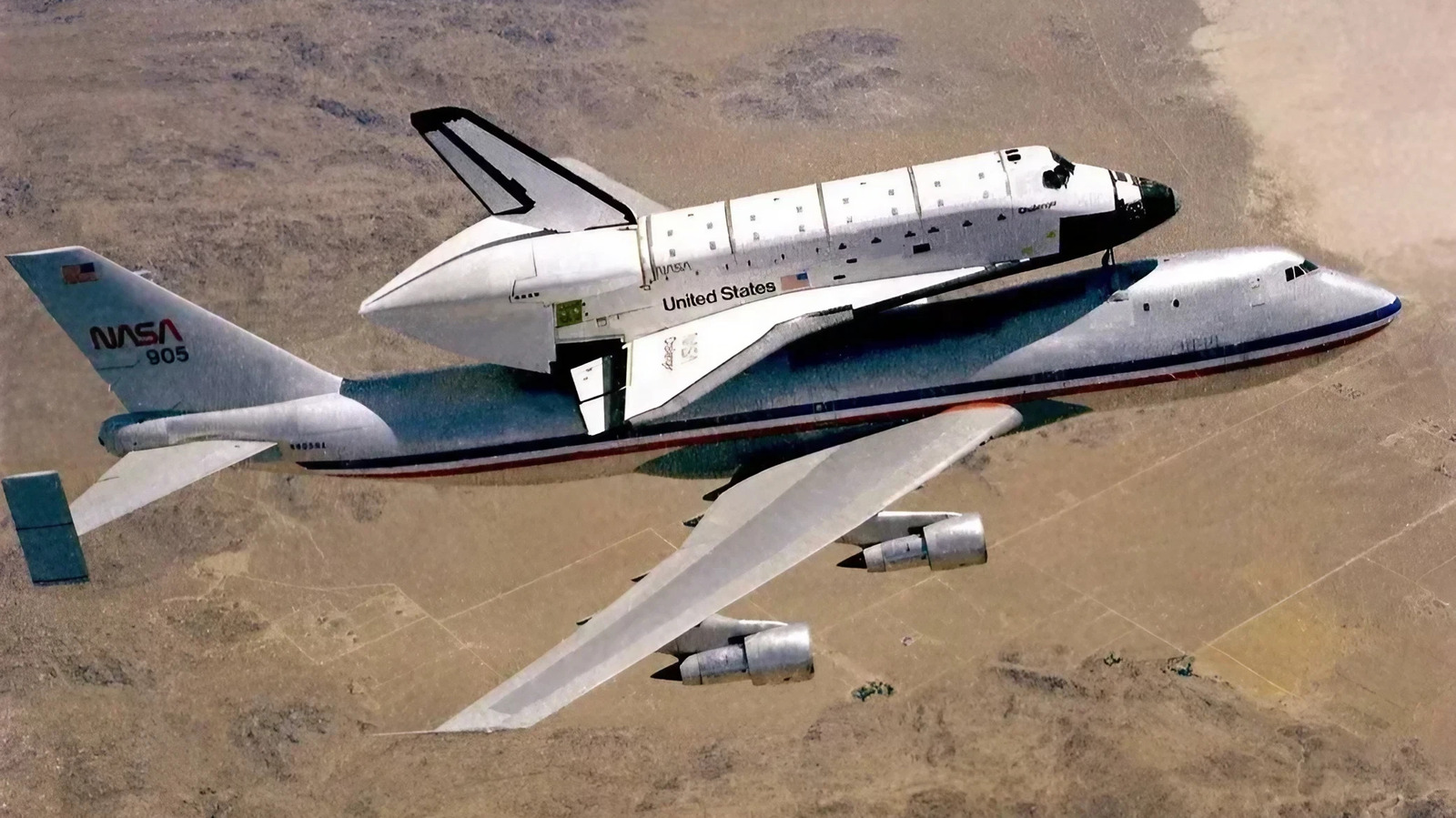A recent study from the University of California – San Diego has identified a crucial factor influencing drought risks for farmers: the origin of rainfall. The paper, titled “Crop water origins and hydroclimate vulnerability of global croplands,” was published in Nature Sustainability in March 2025. This research sheds light on how atmospheric moisture sources—whether from the ocean or land—impact crop vulnerability across the globe.
The researchers traced moisture back to its origins, distinguishing between ocean-sourced and land-sourced rainfall. Ocean-derived moisture travels vast distances on global winds, often linked to significant weather systems such as monsoons and tropical storms. In contrast, land-sourced moisture, often referred to as recycled rainfall, primarily comes from local evaporation off surfaces like soil and vegetation. This finding indicates that the balance of these moisture sources plays a vital role in determining a region’s drought risk and overall crop productivity.
Yan Jiang, the lead author and postdoctoral scholar at UC San Diego, remarked, “Our work reframes drought risk—it’s not just about how much it rains, but where that rain comes from.” Understanding whether rainfall originates from oceanic or terrestrial sources equips policymakers and farmers with valuable tools to anticipate and mitigate drought stress effectively.
New Insights into Drought Forecasting
Using nearly two decades of satellite data, Jiang, along with co-author Jennifer Burney from Stanford University, analyzed global rainfall patterns. They discovered that when over one-third of rainfall comes from land evaporation, croplands face heightened vulnerability to drought and yield declines. This is attributed to the fact that ocean-sourced systems tend to deliver heavier and more reliable rainfall compared to local land-sourced systems, which can lead to water deficits during critical crop growth periods.
This research offers a fresh perspective for farmers and policymakers, enabling them to identify regions most at risk and adjust their strategies accordingly. “For farmers in areas that rely heavily on land-originating moisture—like parts of the Midwest or eastern Africa—local water availability becomes the deciding factor for crop success,” Jiang explained.
Regional Vulnerabilities: The U.S. Midwest and East Africa
The study highlights two significant hotspots of vulnerability: the U.S. Midwest and tropical East Africa. In the Midwest, Jiang noted that droughts have become increasingly frequent and severe in recent years, impacting one of the world’s most productive agricultural regions. “Our findings suggest that the Midwest’s heavy reliance on land-sourced moisture could amplify droughts through what we call ‘rainfall feedback loops,'” Jiang said. When land conditions dry out, evaporation decreases, further reducing future rainfall and creating a self-perpetuating drought cycle.
Given that this region plays a crucial role in global grain markets, disruptions can have significant effects beyond U.S. borders. Jiang emphasizes that Midwestern farmers should focus on managing soil moisture effectively, improving irrigation efficiency, and timing their planting to alleviate drought stress.
In contrast, East Africa faces a critical situation that is still reversible. Rapid expansion of croplands and deforestation threaten the moisture sources essential for rainfall in the region. “This creates a dangerous conflict,” Jiang stated. “Farmers are clearing forests to grow more crops, but those forests help generate the rainfall that the crops depend on.” The loss of these moisture sources could jeopardize local food security.
Despite the challenges, Jiang sees potential for positive change. “Eastern Africa is on the front line of change, but there is still time to act. Smarter land management—like conserving forests and restoring vegetation—can protect rainfall and sustain agricultural growth.”
The study underscores the importance of forests and natural ecosystems in agriculture. Forests contribute significantly to rainfall by releasing water vapor into the atmosphere, effectively promoting cloud formation. Jiang said, “Upland forests are like natural rainmakers. Protecting these ecosystems isn’t just about biodiversity—it’s about sustaining agriculture.”
This research establishes a new scientific framework linking land management, rainfall patterns, and crop planning. The innovative satellite-based mapping technique could assist governments and farmers in identifying areas to invest in irrigation infrastructure, soil water storage, and forest conservation, ultimately maintaining reliable rainfall for agricultural sustainability.







